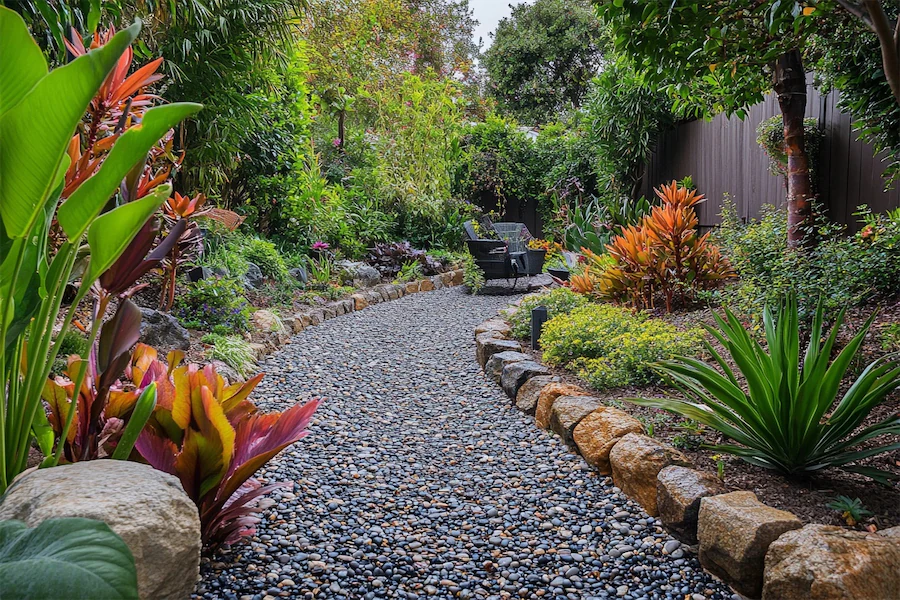A Mixed Border Garden is a thoughtfully curated planting scheme that combines a variety of plants—such as perennials, annuals, shrubs, and grasses—to create a dynamic and visually appealing landscape. This approach not only enhances aesthetic appeal but also promotes biodiversity and ensures year-round interest.
History and Origins of Mixed Border Gardens
The concept of mixed borders originated in English garden design during the late 19th and early 20th centuries. Gardeners sought to move away from rigid, formal layouts, embracing more naturalistic and diverse plantings. This style allowed for a harmonious blend of different plant types, creating layers of texture, color, and form.
Key Features of Mixed Border Gardens
- Diversity of Plant Types: Incorporating a mix of perennials, annuals, shrubs, and ornamental grasses adds depth and variety to the garden.
- Layered Planting: Arranging plants in tiers—tall species at the back, medium in the middle, and low-growing at the front—creates a cohesive and structured appearance.
- Seasonal Interest: Selecting plants with varying bloom times and foliage colors ensures the garden remains engaging throughout the year.
- Textural Contrast: Combining plants with different leaf shapes and textures adds visual intrigue and complexity.
Applications of Mixed Border Gardens
- Residential Landscapes: Homeowners can enhance their yards by creating mixed borders along fences, pathways, or property lines, adding beauty and privacy.
- Public Parks and Gardens: Mixed borders are utilized to create inviting and educational displays, showcasing a variety of plant species and design techniques.
- Institutional Grounds: Schools, hospitals, and corporate campuses incorporate mixed borders to soften architectural lines and provide pleasant environments for occupants.
Considerations When Designing a Mixed Border Garden
- Site Assessment: Evaluate sunlight exposure, soil type, and drainage to select appropriate plants that will thrive in the specific conditions.
- Color Scheme: Decide on a cohesive color palette to create harmony; for instance, combining peachy oranges and zesty greens can result in an ethereal, low-maintenance scheme.
- Maintenance: Consider the level of upkeep required; incorporating groundcover plants can reduce maintenance by suppressing weeds and retaining soil moisture.
- Plant Selection: Choose a variety of plants that offer different heights, textures, and bloom times to maintain interest throughout the seasons.
Conclusion
Embracing the mixed border garden style allows for the creation of vibrant and sustainable landscapes that celebrate diversity in plant forms and colors. By thoughtfully selecting and arranging plants, gardeners can design spaces that are not only visually appealing but also ecologically beneficial, providing habitats for wildlife and contributing to the overall health of the environment.
